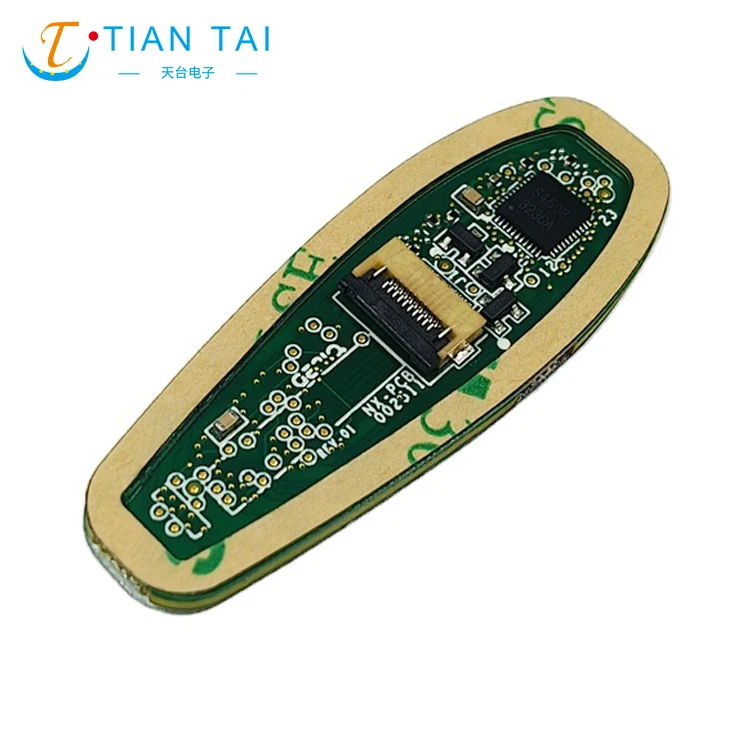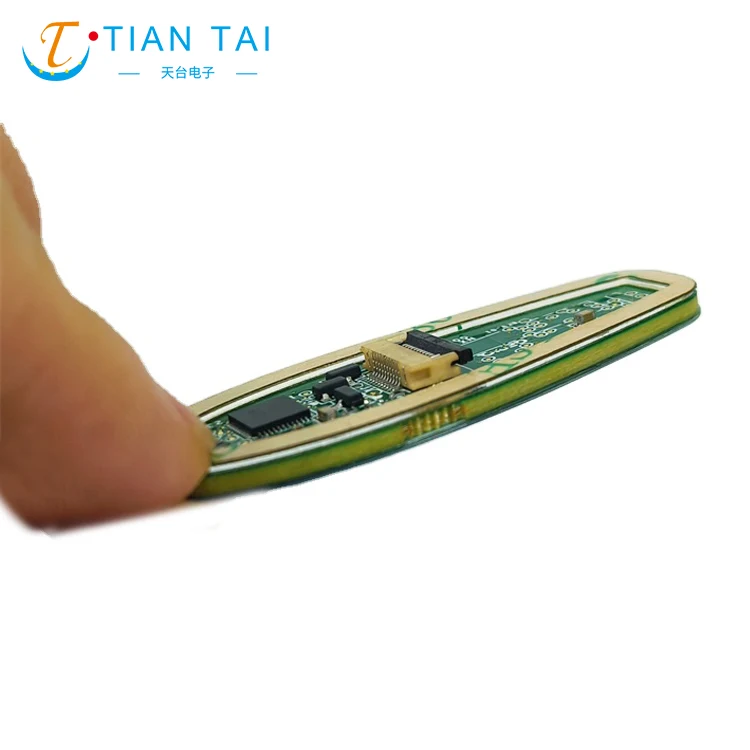Membránový spínač PCB
Odeslat dotaz
PCB (nebo deska s tištěnými spoji) membránový spínač je obvykle vyroben z látky potažené mědí nebo vlákna napuštěného do pryskyřičného materiálu. Použitá tkanina/vlákno spolu s pryskyřičným materiálem vytváří poměr tkaniny k pryskyřici pro určení typového označení laminátu (FR-4, CEM-1, G-10 atd.). FR-4 je dnes nejběžněji používaným materiálem.
An acid-resistant solder mask is applied to the copper-clad PCB, and the exposed areas (not covered by the solder mask) are etched away using acid. The exposed copper pathways are plated with various metals to protect the copper from corrosion. Gold plating is often required on many PCBs in critical applications where corrosion and exposure to chemicals is an issue.
The PCB membrane switch construction utilizes a PCB (as described above) as the main structure/support substrate, with the membrane switch on the front of the PCB assembly, and the display (along with the other discrete components) on the back side of the PCB.
Rozmanitost diskrétních komponent může zahrnovat, ale není omezeno pouze na membránový spínač PCB, LED, odpory, konektory (jak SMT, tak i přes otvory), LCD a LED displeje, senzory a reproduktory. Přidání dceřiné desky může přidat ještě větší flexibilitu designu a lze ji připojit přímo k membránovému spínači PCB.













